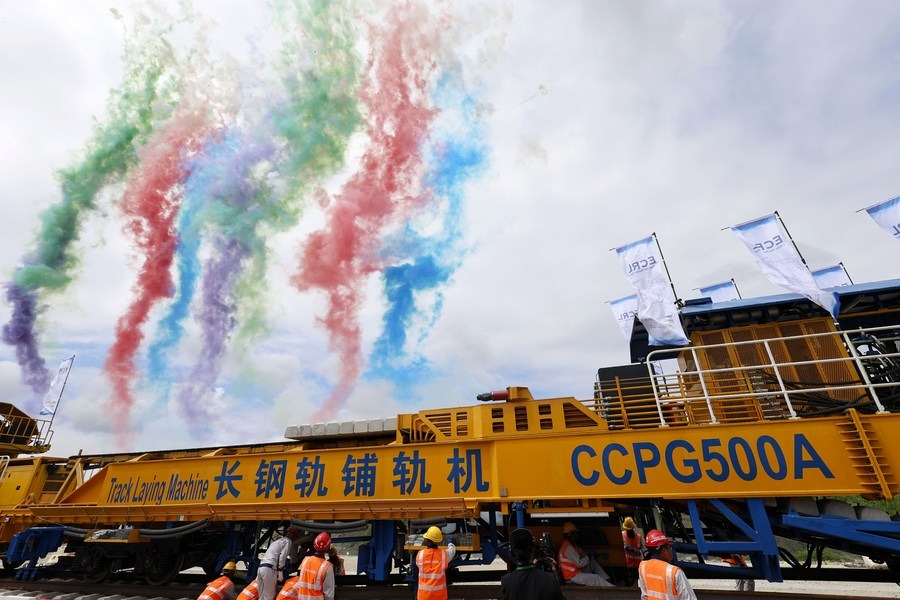Findings shed light on capital's impressive past
By XIN WEN | CHINA DAILY | Updated: 2023-09-07 08:03

Turning point
Liu Naitao, deputy director of the Beijing Archaeological Site Museum and co-curator of the new exhibition, said, "The establishment of Zhongdu during the Jin Dynasty was not only a new stage in the development of the ancient dynasty, but also a new era in the history of Beijing's urban development, marking a turning point in the history of Chinese capital cities.
"The overall layout of Zhongdu is similar to that of Bianliang (present-day Kaifeng city in Henan), which was capital of the Northern Song Dynasty (960-1127) and influenced the construction of capitals in the Yuan, Ming and Qing dynasties.
"After Zhongdu was built and became capital in the Jin Dynasty, the principle of following a central axis to build a capital city took shape. Later, Beijing expanded along the central axis and followed the layout formulated for Zhongdu."
Liu said Zhongdu comprised the imperial city, the palace city and the outer city. Areas housing pottery stores, ironware shops, pastry houses and residents' homes were scattered along the central North-South axis, which stretched out from the imperial palace.
As the political, economic and cultural center of the Jin Dynasty, the ruling class and people from different social strata and ethnic backgrounds gathered in Zhongdu. It also attracted a huge number of businesses and artisans.
The mix of residents and businesses helped Zhongdu absorb and integrate the characteristics of Han culture with nomadic traditions — promoting the city's prosperity and development.
One such example is the living quarters. Liu said the enclosed communities of the Liao Dynasty were replaced by a system in which neighborhoods were open during the day, along with commercial streets and alleyways.
"During the early Tang Dynasty and the Liao Dynasty, living quarters in Beijing were enclosed on all four sides, with a square in the center of the neighborhood," Liu said. "The living quarters resembled modern communities and were surrounded by four walls and one gate for each main direction. The gates opened in the morning and closed at night."
The new residential quarters established in Zhongdu were different from the earlier ones, he said, adding that archaeological excavations revealed the demolition of walls and the disappearance of gates. Open streets and alleys were integrated with residential communities. As a result, the city's economy and businesses flourished.
Records show that during its most prosperous period, Zhongdu had 62 enclosed residential communities, each occupying about 500 square meters. These communities opened at about 4 am or 5 am and closed at 6 pm or 7 pm.
























